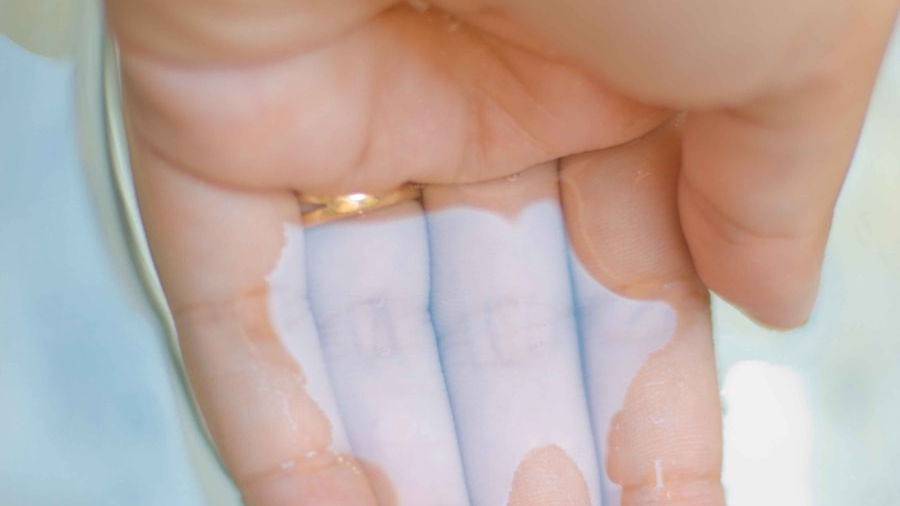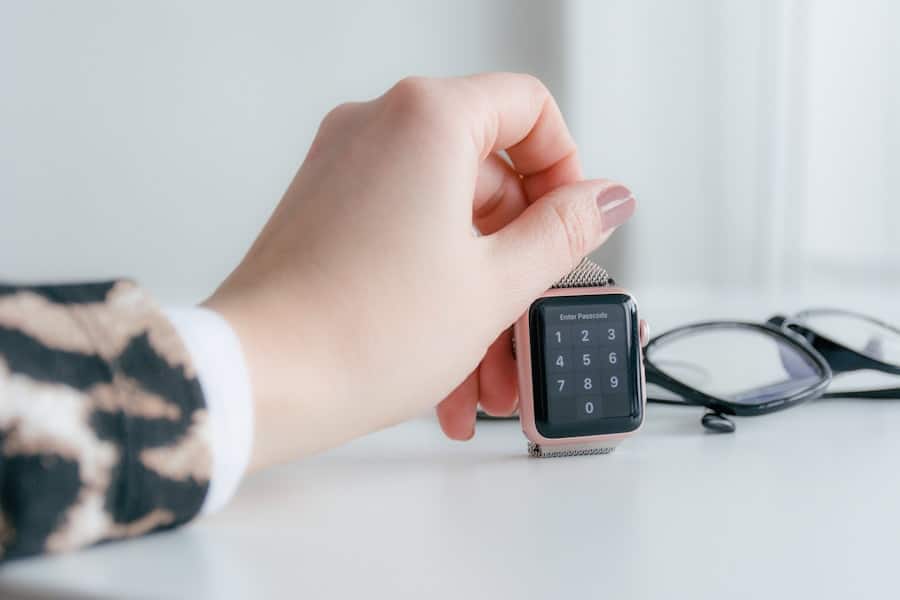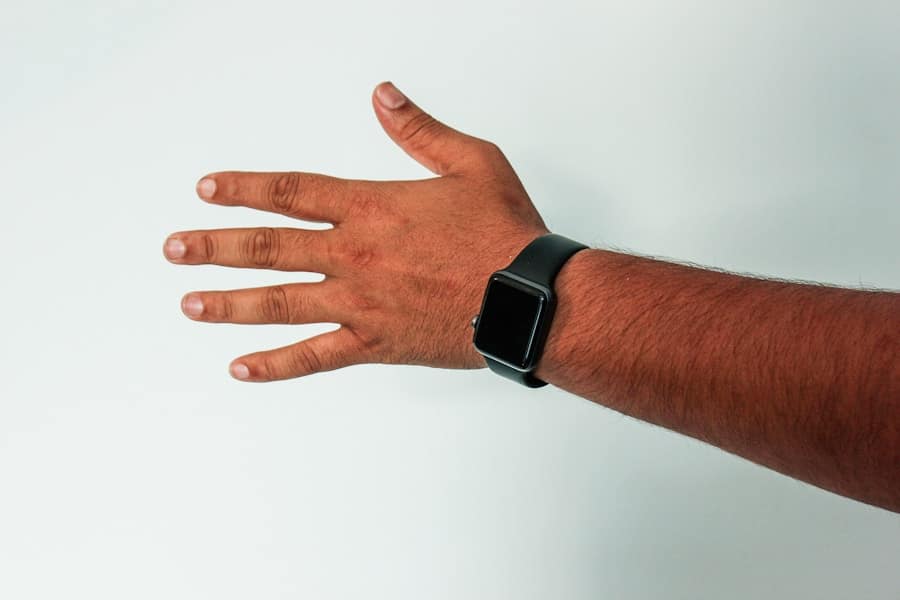Continuous Glucose Monitoring (CGM) has emerged as a transformative technology in the management of diabetes, providing real-time insights into glucose levels and trends. Unlike traditional methods that rely on intermittent fingerstick blood tests, CGM systems utilize sensors placed under the skin to measure glucose levels continuously throughout the day and night. This innovation allows individuals with diabetes to make more informed decisions regarding their diet, exercise, and insulin administration, ultimately leading to better glycemic control.
The ability to track glucose levels in real-time not only enhances the quality of life for patients but also reduces the risk of severe hypoglycemia and hyperglycemia. The significance of CGM is underscored by its ability to provide alerts for impending glucose fluctuations, enabling proactive management of diabetes. For instance, many CGM devices are equipped with alarms that notify users when their glucose levels are trending too high or too low.
This feature is particularly beneficial for individuals who may not experience typical symptoms of hypoglycemia, such as those with hypoglycemia unawareness. As the prevalence of diabetes continues to rise globally, the demand for effective monitoring solutions has never been greater, making CGM a focal point in diabetes care.
Key Takeaways
- Continuous glucose monitoring (CGM) allows for real-time tracking of glucose levels, providing valuable data for diabetes management.
- Traditional glucose monitoring methods, such as finger pricking, can be inconvenient and painful, leading to inconsistent monitoring.
- Wearable patches for CGM have evolved to provide a more convenient and less invasive option for continuous glucose monitoring.
- Advantages of wearable patches include continuous monitoring, real-time data access, and the ability to track glucose trends over time.
- Technological innovations in wearable patches for CGM are focused on improving accuracy, user experience, and integration with other health monitoring devices.
Current Challenges with Traditional Glucose Monitoring
Despite the advancements in diabetes management, traditional glucose monitoring methods present several challenges that can hinder effective glycemic control. The most common method involves fingerstick blood tests, which require users to prick their fingers multiple times a day to obtain blood samples for glucose measurement. This process can be painful, inconvenient, and often leads to a reluctance among patients to test their blood sugar as frequently as recommended.
Consequently, this can result in gaps in data that may prevent individuals from understanding their glucose patterns and making necessary adjustments to their treatment plans. Moreover, traditional monitoring methods do not provide continuous data, which limits the ability to detect rapid fluctuations in glucose levels. For example, a person may experience significant changes in blood sugar levels during the night or after meals, but without continuous monitoring, these fluctuations may go unnoticed until they reach critical levels.
This lack of real-time data can lead to poor decision-making regarding insulin dosing and dietary choices, ultimately increasing the risk of complications associated with diabetes. Additionally, the need for regular fingersticks can lead to skin irritation and discomfort, further discouraging adherence to monitoring protocols.
Evolution of Wearable Patches for Continuous Glucose Monitoring
The evolution of wearable patches for continuous glucose monitoring represents a significant leap forward in diabetes management technology. These innovative devices are designed to be worn on the skin and utilize advanced sensor technology to measure interstitial fluid glucose levels continuously. The development of these patches has been driven by the need for more user-friendly and less invasive monitoring solutions that can seamlessly integrate into daily life.
Early iterations of wearable CGM systems were often bulky and required calibration with fingerstick tests, but advancements in miniaturization and sensor accuracy have led to more sophisticated designs. One notable example of this evolution is the introduction of adhesive patches that can be worn discreetly on the body for extended periods. These patches are equipped with micro-needles or other sensor technologies that penetrate just below the skin’s surface to provide real-time glucose readings without the need for frequent fingersticks.
Companies like Dexcom and Abbott have pioneered this technology, creating devices that not only offer continuous monitoring but also connect wirelessly to smartphones and other devices for easy data access. This shift towards more compact and user-friendly designs has made CGM more accessible to a broader range of individuals living with diabetes.
Advantages of Wearable Patches for Continuous Glucose Monitoring
Wearable patches for continuous glucose monitoring offer numerous advantages over traditional methods, significantly enhancing the user experience and improving diabetes management outcomes. One of the primary benefits is the convenience of continuous data collection without the need for frequent fingersticks. Users can obtain real-time glucose readings at any time, allowing them to make informed decisions about their diet and insulin use without the discomfort associated with traditional blood testing methods.
This ease of use encourages more consistent monitoring and helps individuals maintain better control over their blood sugar levels. Another significant advantage is the ability of wearable patches to provide trend data over time. Unlike traditional methods that offer a snapshot of glucose levels at a single point in time, CGM patches allow users to see how their glucose levels fluctuate throughout the day and night.
This comprehensive view enables individuals to identify patterns related to food intake, physical activity, stress, and other factors that influence blood sugar levels. For instance, a user may discover that their glucose spikes after consuming certain foods or that their levels drop during exercise. Armed with this knowledge, they can make more informed lifestyle choices and adjust their treatment plans accordingly.
Technological Innovations in Wearable Patches for Continuous Glucose Monitoring
The field of wearable patches for continuous glucose monitoring is characterized by rapid technological innovations that enhance their functionality and user experience. One significant advancement is the integration of advanced biosensors that improve accuracy and reliability in glucose measurement. These biosensors utilize various technologies, including enzyme-based systems and electrochemical detection methods, to provide precise readings while minimizing interference from other substances in the bloodstream.
This connectivity enables users to access their glucose data through dedicated apps that provide insights into trends and patterns over time. Some applications even offer personalized recommendations based on individual data, helping users optimize their diabetes management strategies.
Furthermore, advancements in battery technology have led to longer-lasting devices that can be worn for extended periods without requiring frequent replacements or recharging.
Potential Impact of Wearable Patches on Diabetes Management
Improved Health Outcomes
The ability to monitor glucose levels continuously allows users to respond promptly to fluctuations, reducing the risk of severe hypoglycemic or hyperglycemic episodes. This proactive approach can lead to improved overall health outcomes and a reduction in diabetes-related complications.
Enhanced Patient-Provider Communication
Wearable patches can facilitate better communication between patients and healthcare providers. With continuous data being collected and shared through digital platforms, healthcare professionals can gain deeper insights into their patients’ glucose patterns and make more informed decisions regarding treatment adjustments.
A Collaborative Approach to Diabetes Care
This collaborative approach fosters a stronger patient-provider relationship and encourages shared decision-making in diabetes care. As a result, individuals may feel more supported in their journey toward better health management.
Future Developments and Trends in Wearable Patches for Continuous Glucose Monitoring
Looking ahead, several exciting developments and trends are anticipated in the realm of wearable patches for continuous glucose monitoring. One promising area of research involves the integration of artificial intelligence (AI) and machine learning algorithms into CGM systems.
For example, AI could predict future glucose trends based on historical data, allowing users to anticipate fluctuations before they occur. Another trend is the exploration of non-invasive monitoring technologies that eliminate the need for skin penetration altogether. Researchers are investigating various methods such as optical sensors and sweat analysis to measure glucose levels without invasive procedures.
If successful, these innovations could revolutionize diabetes management by making continuous monitoring even more accessible and comfortable for users.
The Promise of Wearable Patches for Continuous Glucose Monitoring
The promise of wearable patches for continuous glucose monitoring lies in their potential to transform diabetes management fundamentally. By offering real-time insights into glucose levels and trends, these devices empower individuals with diabetes to take charge of their health like never before. The advantages of convenience, accuracy, and trend analysis position wearable patches as a vital tool in achieving better glycemic control and reducing the risk of complications associated with diabetes.
As technology continues to advance, the future looks bright for wearable patches in CGM. With ongoing innovations in sensor technology, connectivity, and data analysis capabilities, these devices are poised to become even more integral to diabetes care. The integration of AI and non-invasive monitoring methods holds great promise for enhancing user experience and expanding access to effective diabetes management solutions.
Ultimately, wearable patches represent a significant step forward in empowering individuals with diabetes to lead healthier lives through informed decision-making and proactive management strategies.
For parents looking to introduce their child to technology, this article provides helpful tips on selecting the right tablet. Architects in need of a powerful tool for their work may find marketing technologies for 2023 to enhance their strategies.
FAQs
What is continuous glucose monitoring (CGM)?
Continuous glucose monitoring (CGM) is a method to track glucose levels throughout the day and night. It involves using a small sensor inserted under the skin to measure glucose levels in the fluid between the body’s cells every few minutes.
What are wearable patches for continuous glucose monitoring?
Wearable patches for continuous glucose monitoring are small, adhesive patches that contain a sensor to measure glucose levels in the body. These patches are designed to be worn on the skin and provide continuous monitoring of glucose levels without the need for frequent fingerstick tests.
How do wearable patches for continuous glucose monitoring work?
Wearable patches for continuous glucose monitoring work by using a small sensor to measure glucose levels in the interstitial fluid just below the skin. The sensor communicates with a transmitter that sends the glucose data to a receiver or smartphone, allowing the wearer to track their glucose levels in real time.
What are the benefits of wearable patches for continuous glucose monitoring?
The benefits of wearable patches for continuous glucose monitoring include continuous and real-time monitoring of glucose levels, reduced need for fingerstick tests, improved glucose control, and the ability to track glucose trends over time. These patches can also provide alerts for high or low glucose levels, helping to prevent dangerous fluctuations.
What is the future of wearable patches for continuous glucose monitoring?
The future of wearable patches for continuous glucose monitoring is likely to involve advancements in sensor technology, improved accuracy and reliability, smaller and more discreet designs, and integration with other health monitoring devices. Additionally, there may be developments in artificial intelligence and machine learning to provide more personalized and predictive insights based on the glucose data collected.



